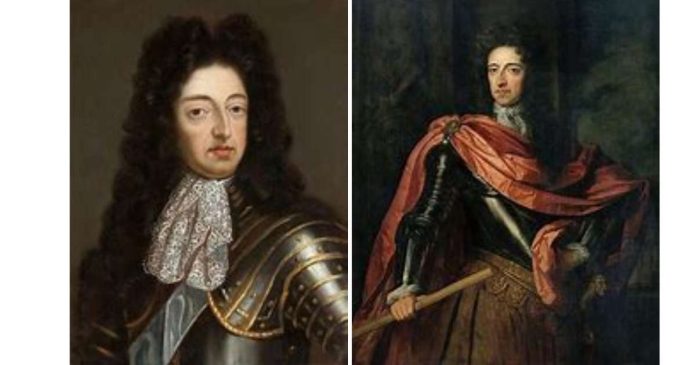William III, also known as William of Orange, was a Protestant. His religious affiliation was one of the key factors in his rise to power and his role in English history.
Key Points About William III’s Religion:
- Protestantism:
- William III was a member of the Dutch Reformed Church, which was a Protestant denomination. He was born in The Hague in the Netherlands, where Protestantism was the dominant religion, particularly after the Dutch Revolt against Catholic Spain.
- Opposition to Catholicism:
- William III became a central figure in the Glorious Revolution of 1688, largely because of his strong opposition to Catholicism, especially to the rule of King James II of England, who was a Catholic. James II’s attempts to reintroduce Catholicism in England were seen as a threat to Protestantism, and William III’s intervention was viewed by many as a necessary step to preserve Protestant rule.
- Marriage to Mary II:
- William III married Mary II of England, who was the daughter of James II and a Protestant. This marriage created a personal and political alliance between the Protestant factions in the Netherlands and England.
- The Glorious Revolution and the Bill of Rights:
- After the Glorious Revolution (1688), William III and Mary II ascended to the English throne. This event marked the end of James II’s Catholic reign and solidified Protestantism in England. The English Bill of Rights (1689), which limited the powers of the monarchy and affirmed Protestantism, was a key outcome of William’s reign.
Summary:
William III was a committed Protestant, and his reign played a pivotal role in securing Protestantism in England, especially after the Glorious Revolution. His opposition to the Catholic monarchy of James II and his own Protestant beliefs were central to his political and religious legacy.


